SUMMARY
This is AI generated summarization, which may have errors. For context, always refer to the full article.
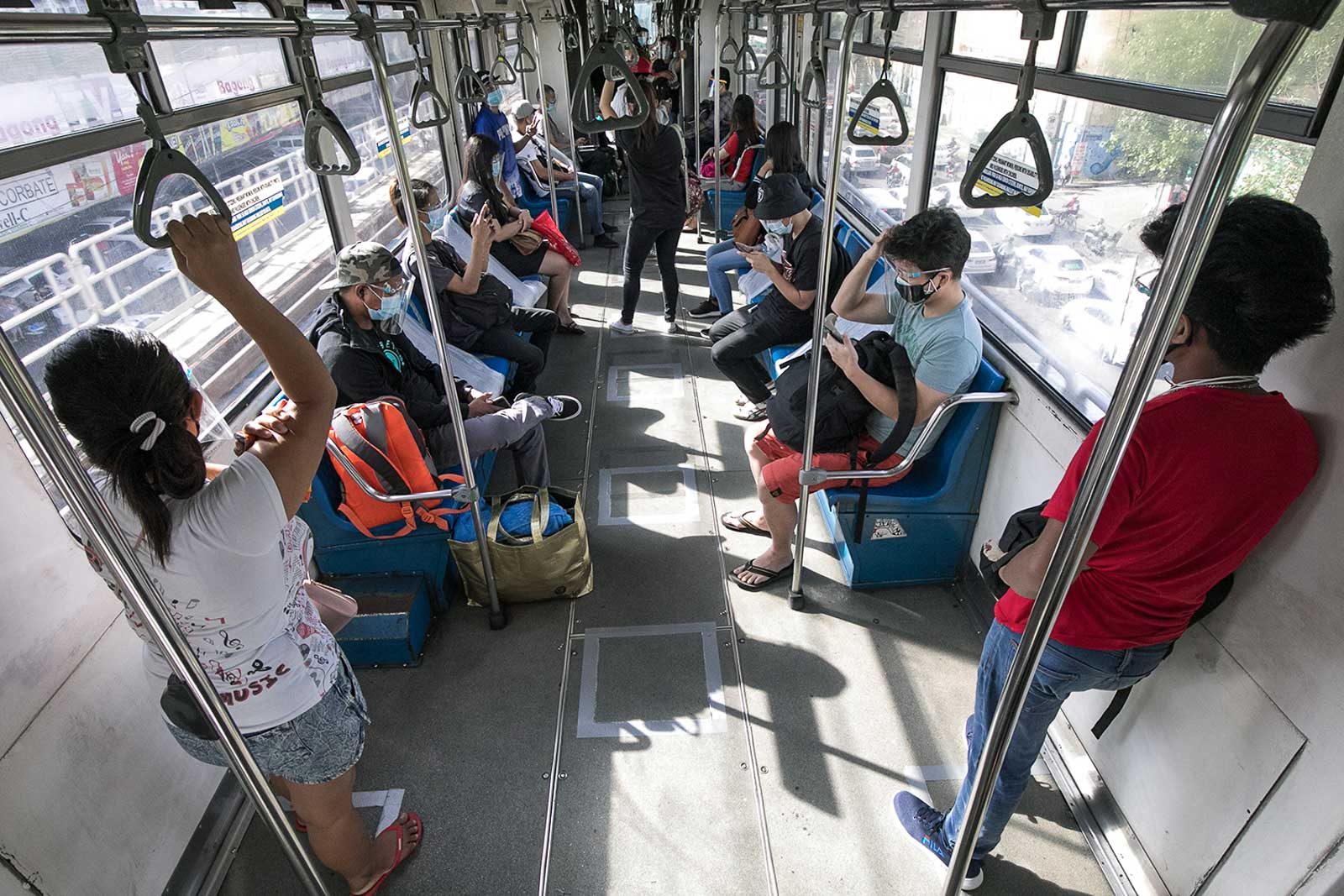
President Rodrigo Duterte has rejected the transportation department’s plans to reduce physical distancing in public transportation, ending weeks of debate even within his Cabinet.
“Ang desisyon po ng Presidente, mananatili po ang one-meter social distancing sa pampublikong transportasyon (The decision of the President is that the one-meter social distancing in public transportation stays),” said Presidential Spokesman Harry Roque on Saturday, September 19.
Duterte made his decision on Friday. Roque said he studied both the inputs of experts who agree with reducing social distancing and those who disagree.
The spokesman said that commuters should continue to follow rules that prohibit talking and eating in public utility vehicles and the face mask and face shield requirement.
Ahead of Duterte’s final decision, the Department of Transportation (DOTr) suspended its implementation of a rule allowing a reduced distance of 0.75 meter between commuters in trains, buses, and the like.
The DOTR started implementing the policy on Monday, September 14, but later that day, Duterte brought up concerns of health experts that the new rule could lead to more transmissions of COVID-19. The policy was suspended 3 days later.
In rejecting the DOTr plan, Duterte sided with Health Secretary Francisco Duque III, Interior Secretary Eduardo Año, and doctors from the Philippine College of Physicians and Healthcare Professionals Alliance for COVID-19.
Some members of the Cabinet had sided with the DOTr, including Roque himself and National Action Plan vs COVID-19 Chief Implementer Carlito Galvez Jr. Some health experts also agreed with the plan, including former health secretaries Manuel Dayrit and Esperanza Cabral.
They reasoned that as long as health measures are implemented – including face masks and face shields, and a ban on talking and eating during rides – the spread of the virus could be prevented while still reducing the distance between commuters.
Economic and transportation officials were keen to reduce the physical distance requirement to optimize public transportation. The National Economic and Development Authority previously said that unless more people could be accommodated in public transportation, the country would be hampered in its bid to revive the economy.
Critics of the plan pointed out that enforcement of the rule would be difficult and that it was premature to relax the physical distancing requirements with the country still reporting thousands of new cases a day.
Año’s view was that reducing the distance rule in public transportation might lead to complacency in following the one-meter rule in other places. He believes consistency in policies would make it easier for Filipinos to follow rules. – Rappler.com
Add a comment
How does this make you feel?


![[Time Trowel] Evolution and the sneakiness of COVID](https://www.rappler.com/tachyon/2024/02/tl-evolution-covid.jpg?resize=257%2C257&crop=455px%2C0px%2C1080px%2C1080px)


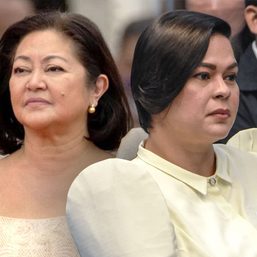
![[OPINION] ‘Some people need killing’](https://www.rappler.com/tachyon/2024/04/tl-some-people-need-killing-04172024.jpg?resize=257%2C257&crop_strategy=attention)
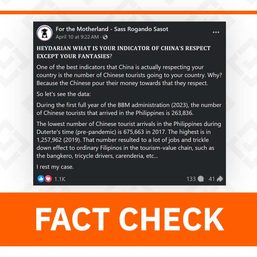
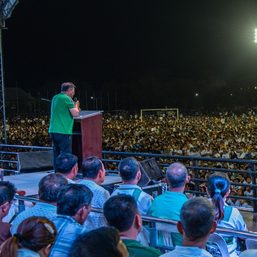
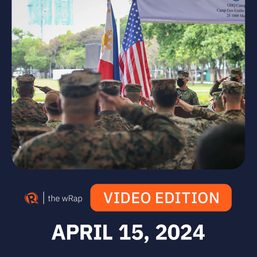
There are no comments yet. Add your comment to start the conversation.